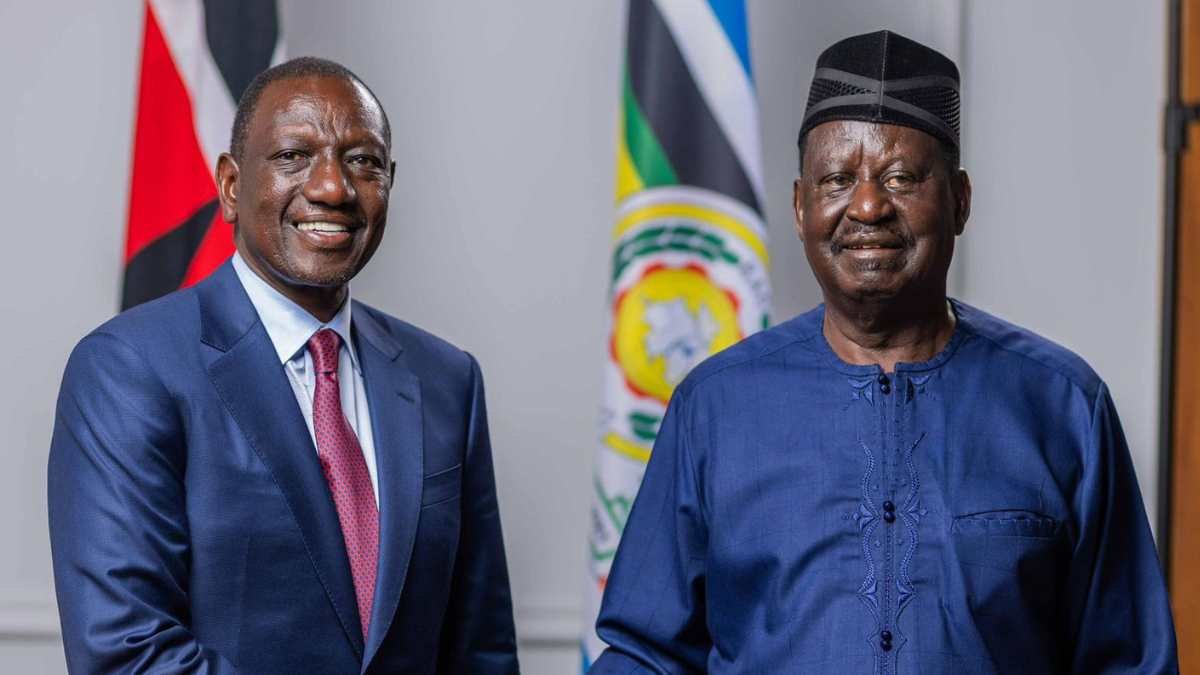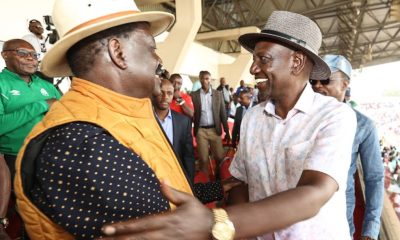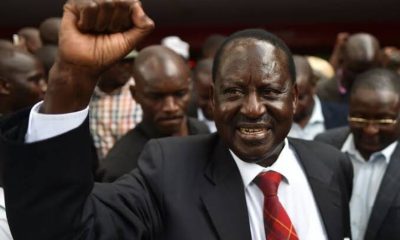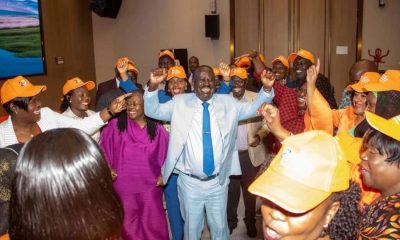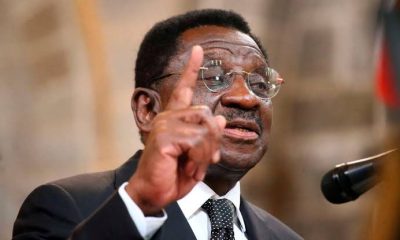Politics
Will Ruto Install Raila Odinga as PM if the AUC Bid Fails?
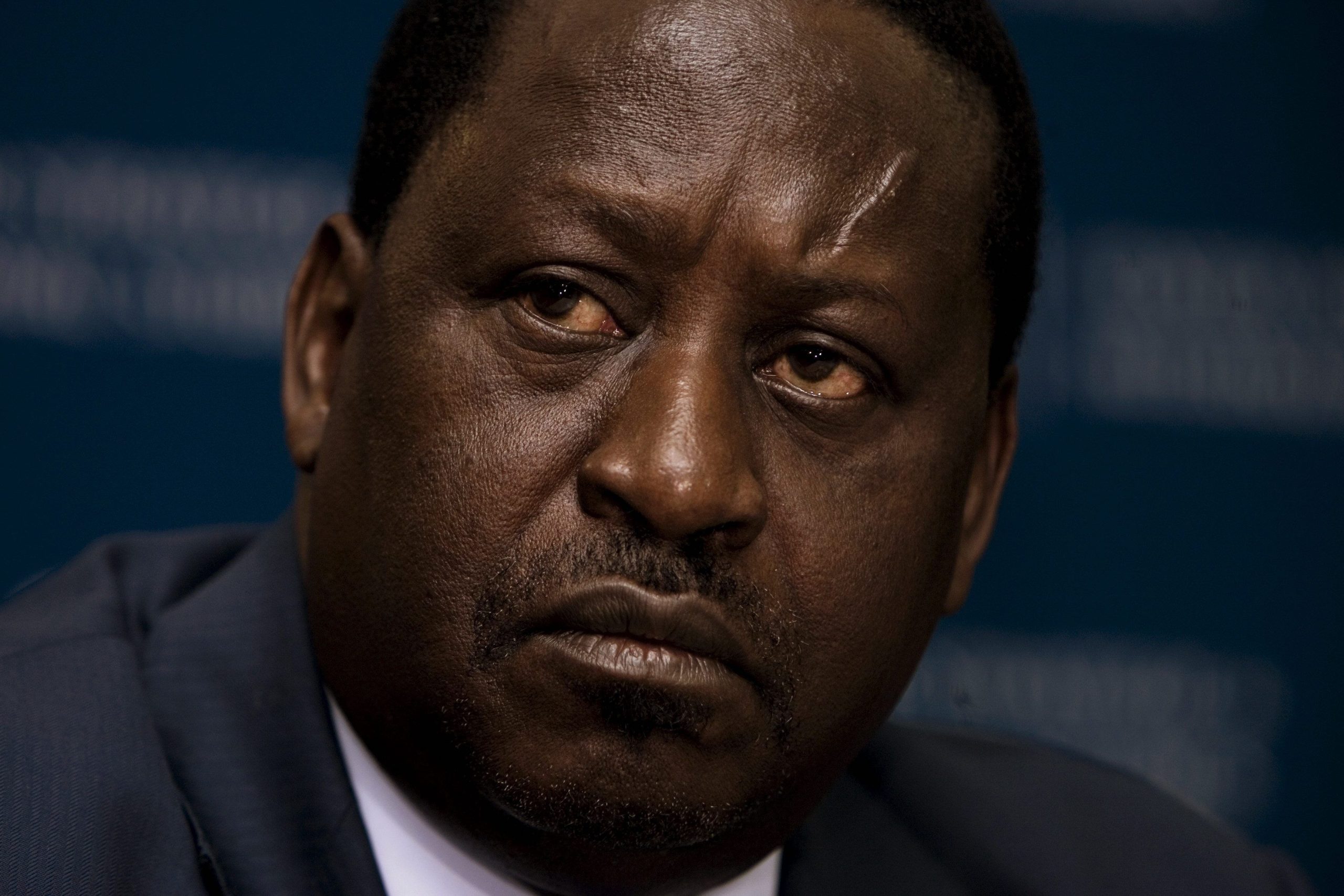
President William Ruto’s political strategy is starting to look precarious. As mounting difficulties threaten his grip on power, he seems to see Raila Odinga as his potential savior.
Voices in political circles now suggest that attacking Raila is akin to poking at Ruto’s raw nerve.
Once, members of the Kenya Kwanza alliance openly criticized Raila. They’ve gone silent now, possibly fearing Ruto’s growing dependency on the opposition leader.
Impeached Deputy President Rigathi Gachagua, who has been in private discussions post-impeachment, reportedly laments, “I wish I knew.”
Ruto’s push for Raila’s African Union Commission (AUC) chair bid appears strategic. It started before the Gen Z revolution, but now Ruto realizes he needs Raila more in Kenyan politics than in Addis Ababa.
Initially, Ruto believed that sidelining Raila would help him consolidate power for his 2027 re-election bid. The plan aimed to dismantle the Azimio coalition that backed Raila in the 2022 election.
With Raila out of the picture, many believed Ruto’s path to re-election would be smooth.
On the contrary, Ruto’s outreach to Raila via the National Dialogue Committee became a game-changer.
Ruto had counted on opposition protests driven by Raila to diminish his approval ratings. But that backfired, as Raila remained influential.
Appointing Raila Odinga as PM, Shifting Alliances and Political Pressure
The National Dialogue Committee featured Ruto’s allies, including Kikuyu MP Kimani Ichungw’ah, while Raila’s Azimio faction was led by Kalonzo Musyoka. After discussions with Raila, Ruto hoped to change perceptions about his unpopular policies. The surge of discontent, particularly on issues like the cost of living, has added pressure.
The Gen Z revolution has reshaped political alliances across Kenya. Young activists align with Raila, who satisfies their calls for accountability. Their backing from parents and community leaders gives strength to their cause. Political insiders suggest Ruto, once dismissive, now views Gen Z as a significant force.
The Gen Z movement has caused political chaos, with protests disrupting the status quo. Ruto’s administration witnessed instances of violence during protests in areas like Githurai and Kiambu. Ruto and Raila recognized that if the Gen Zs united with Raila’s supporters, the outcome could be disastrous for Ruto.
Thus, Ruto’s administration was forced to engage Raila in the local political landscape to avert a crisis. By sidelining other parties in Azimio, Ruto showed a clear preference for consolidating power with Raila’s ODM instead.
After the violence, several appointments from ODM to Ruto’s cabinet signaled a shift. Ruto seemingly relied on Raila to reestablish calm and stabilize his leadership. The political landscape is evolving: Gachagua’s very public impeachment has weakened Ruto’s grip on the critical Kikuyu vote.
Raila as the Emergent Kingmaker
With Ruto’s connections waning among the youth and backlash from Gachagua’s impeachment, Raila may be Ruto’s only hope. Many observers suggest that Ruto now views Raila as a potential kingmaker for the 2027 election. If Raila wins the AUC chair position, his leverage could dramatically change the political landscape.
The prospect of Raila exiting the local stage to serve in the AU could further destabilize Ruto’s ambitions. Without Raila, the ODM could suffer, and Luhya and Luo support might dwindle. Many in ODM fear that lacking Raila as a leader in politics could lead to devastating losses at the polls.
Should Raila’s AUC bid fail, he could return to reshape ODM, reigniting his role as a leading opposition figure. But at 80, pressure may mount for him to consider retirement. Raila’s political future hinges on this AU bid, and failure could lead to conflict within the opposition as power vacuums emerge.
Ruto’s recent decisions demonstrate a shift in strategy. As he tries to strengthen alliances ahead of 2027, he is moving quickly to craft a coalition that accommodates Raila. The looming presence of the Somali community and other political dynamics suggest Ruto is recalibrating his approach to secure necessary support.
With the Kalenjin and Kikuyu votes dwindling, Ruto’s collaboration with Raila could be crucial in combating political erosion.
If Raila aligns with Ruto, it will allow Ruto to maintain a foothold in key urban centers like Nairobi and Mombasa. Ruto’s political future may rest entirely on navigating these alliances wisely.
Ultimately, the outcome of Raila’s AUC bid could reshape Kenya’s political alliances and Ruto’s prospects for re-election.
Ruto needs Raila’s leadership experience to stabilize his party and re-engage with voters. As political tensions rise, all eyes will remain fixed on whether Ruto plans to install Raila as Prime Minister should the AUC bid falter.
The unfolding political drama reveals a complex landscape where allegiances change quickly. In this unpredictable environment, Ruto must adapt and secure his position, making Raila an essential partner in any future political endeavor.
Kenya Insights allows guest blogging, if you want to be published on Kenya’s most authoritative and accurate blog, have an expose, news TIPS, story angles, human interest stories, drop us an email on [email protected] or via Telegram
-

 Investigations1 week ago
Investigations1 week agoBillions Stolen, Millions Laundered: How Minnesota’s COVID Fraud Exposed Cracks in Somali Remittance Networks
-
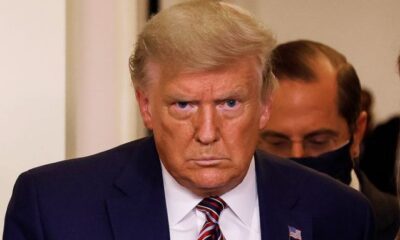
 News1 week ago
News1 week agoUS Moves to Seize Luxury Kenya Properties in Sh39 Billion Covid Fraud Scandal
-
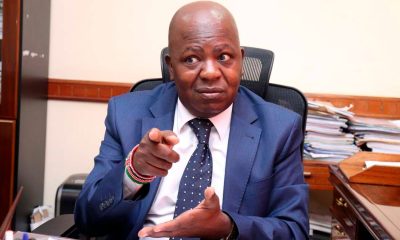
 News1 week ago
News1 week agoMAINGA CLINGS TO POWER: Kenya Railways Boss Defies Tenure Expiry Amid Corruption Storm and Court Battles
-
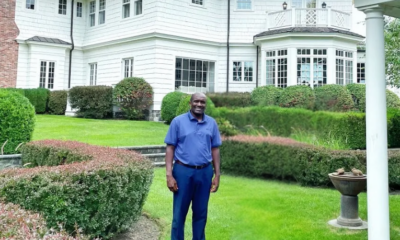
 Investigations1 week ago
Investigations1 week agoJulius Mwale Throws Contractor Under the Bus in Court Amid Mounting Pressure From Indebted Partners
-

 Americas1 week ago
Americas1 week agoUS Govt Audits Cases Of Somali US Citizens For Potential Denaturalization
-

 Business1 day ago
Business1 day agoEastleigh Businessman Accused of Sh296 Million Theft, Money Laundering Scandal
-
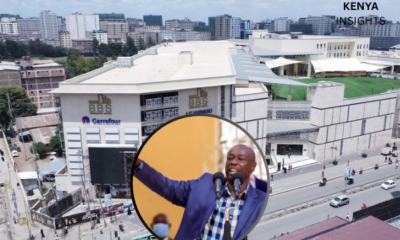
 Business1 day ago
Business1 day agoEXPLOSIVE: BBS Mall Owner Wants Gachagua Reprimanded After Linking Him To Money Laundering, Minnesota Fraud
-

 Americas3 days ago
Americas3 days agoTrump Says US Needs Greenland For Its National Security

